In March I traveled throughout South Africa and Lesotho, where I visited a number of farms, nurseries, and home gardens. On my return flight, I recalled the G.K. Chesterton quote, “The whole object of travel is not to set foot on foreign land; it is at last to set foot on one’s own country as a foreign land.”
My trip had helped me see, with new eyes, what it’s like to grow vegetables and fruit trees in Southern California.
Monkeys
In Southern California, we have animals that raid our gardens. Squirrels steal plums, rats chew on avocados and tomatoes, skunks dig up vegetable seedlings in search of grubs, deer chew small fruit trees, coyotes steal peaches, and rabbits nibble lettuce. These are all real issues to deal with. But at least we don’t have monkeys.
Can you imagine trying to defend your growing area from creatures that can climb anything, run fast, watch you from high in a tree, travel in large groups, open almost anything you can?
In the Limpopo Province, in the hills of the northeastern part of South Africa, some friends have to keep their vegetable garden within a fully enclosed cage in order to protect their produce from marauding monkeys.
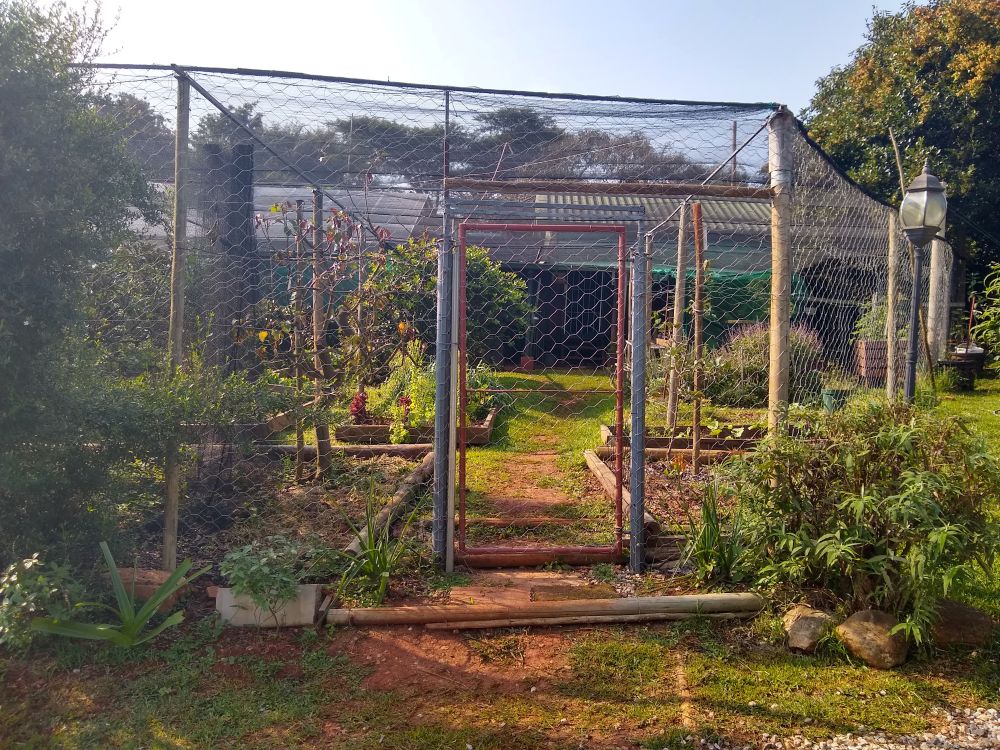
Summer rain is nice, but . . .
Most of us in Southern California irrigate our gardens all summer with water that is imported primarily from the Colorado River. The water is not the best quality. Moreover, this water ain’t cheap.
But at least we have some water to buy at any price.
In Lesotho, I visited ‘Malefa. She had been my student when I lived in Lesotho, and now she is a friend. ‘Malefa and her husband have a plot of land to farm, about an acre. In the past, they grew mostly maize there. But they have a dream of turning it into an orchard and growing fruit to sell.
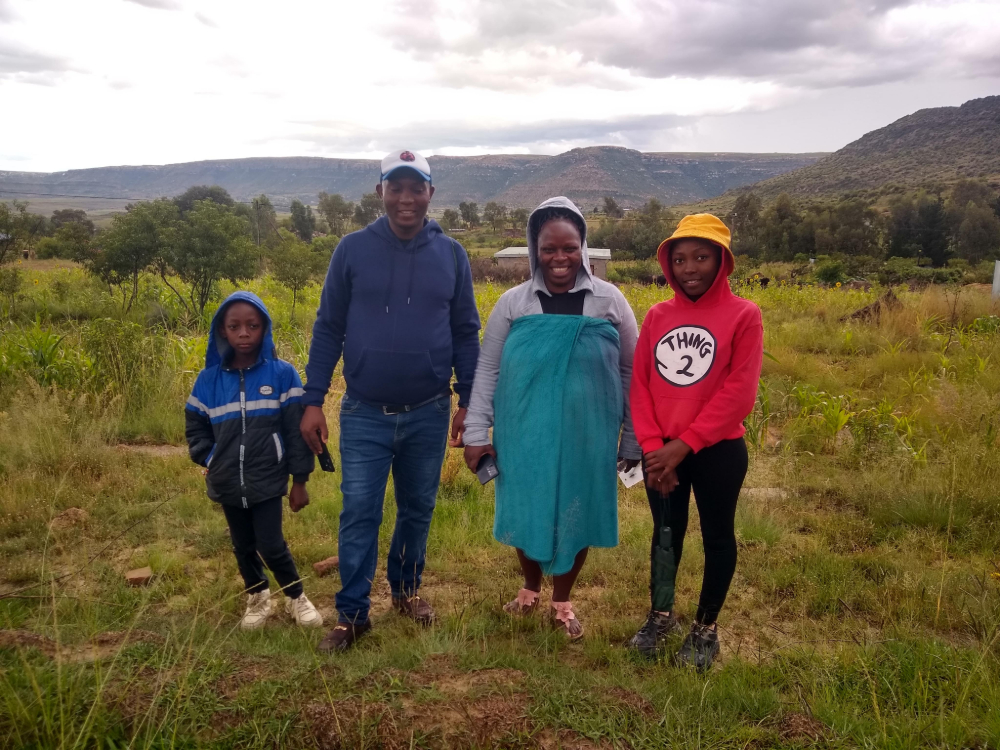
In 2021, they began planting peaches, apples, pears, and apricots. Many have been lost to drought.
Rain falls in the summer in Lesotho. In a good year, it is enough to satisfy the needs of these kinds of fruit trees. But not every year is a good rain year. In fact, of this year ‘Malefa explained, “Rains have either been too light and infrequent or too hard such that the soil cannot absorb it and it runs off.”
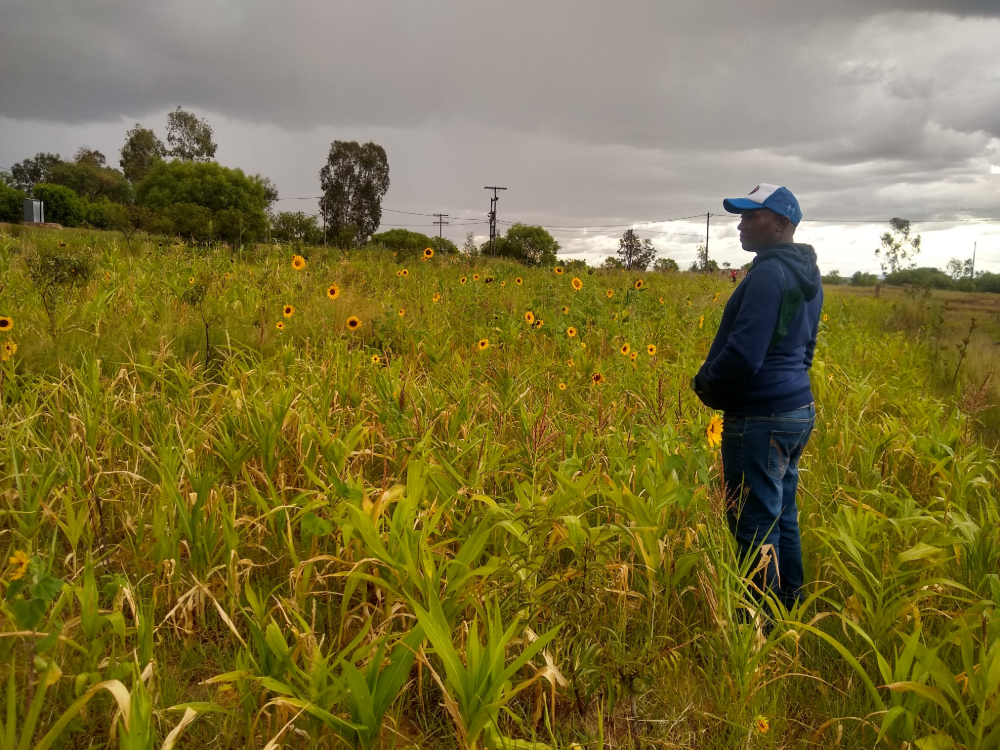
There is no water infrastructure in most of Lesotho, including the part where ‘Malefa and her family live. So in order to help water the new orchard, ‘Malefa’s husband, Malitsane, dug a dam. By himself, using only a shovel, he dug a dam the size of a large swimming pool to capture surface runoff.
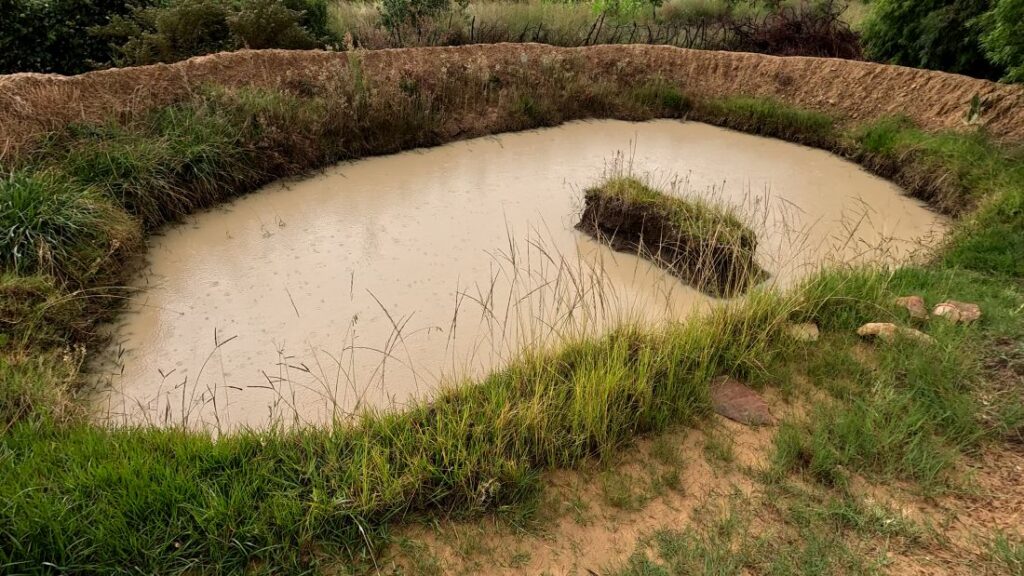
He hopes to save enough money to buy a generator so he can power a pump and irrigate his fruit trees in between rains.
I have these moments during the summer in my little garden in Southern California when I get irritated about having to turn on the sprinklers so often, and when I see yet another rate increase on the water bill, I think about how nice it would be if it rained in the summer here.
What about how lucky I am to have a pipe coming to my property where there is pressurized water that is ready to flow any time I want to pay for it?
Hail
If you’re inland in Southern California, then you occasionally get a heatwave that burns some leaves and fruit. And you might be in a spot that gets hit by Santa Ana winds and knocks fruit off trees. But that’s about it, as far as damaging weather for our gardens.
On the other hand, a food garden that I visited in the Qacha’s Nek area of Lesotho had a net structure over the whole thing. When I saw it I immediately knew the main reason: hail.
Lesotho is high elevation, it is all mountains. It is considered the highest country on earth, in that the bottom of its lowest valley is still over 4,500 feet in elevation. So it gets real mountain weather, including cold hail storms even in the middle of summer.
When I lived there, I remember one summer when a hailstorm came through and my entire garden looked like it had gone through a chipper/shredder machine. All was inedible and lost. No weather event in Southern California has ever destroyed my garden like hail did in Lesotho.
Look at how safely and nicely Nkhooa’s vegetables grow under the net’s protection:
My travels allowed me to see my garden through new eyes, foreign eyes, the eyes of Stefan and Sylvie, ‘Malefa and Malitsane, and Nkhooa.
And in doing so, I am able to see all of the ways in which growing food here in Southern California is easy. It’s not easy in every way, but I sure am glad that we don’t have monkeys, that we do have irrigation water available, and that we do not have hailstorms.
If you’d like to learn more about Lesotho and the years that I lived there, check out my book, The Mountain School. (It’s available directly from me here, or from Amazon here.)
There are no ads on my Yard Posts because of your support. Thanks!
All of my Yard Posts are listed here.

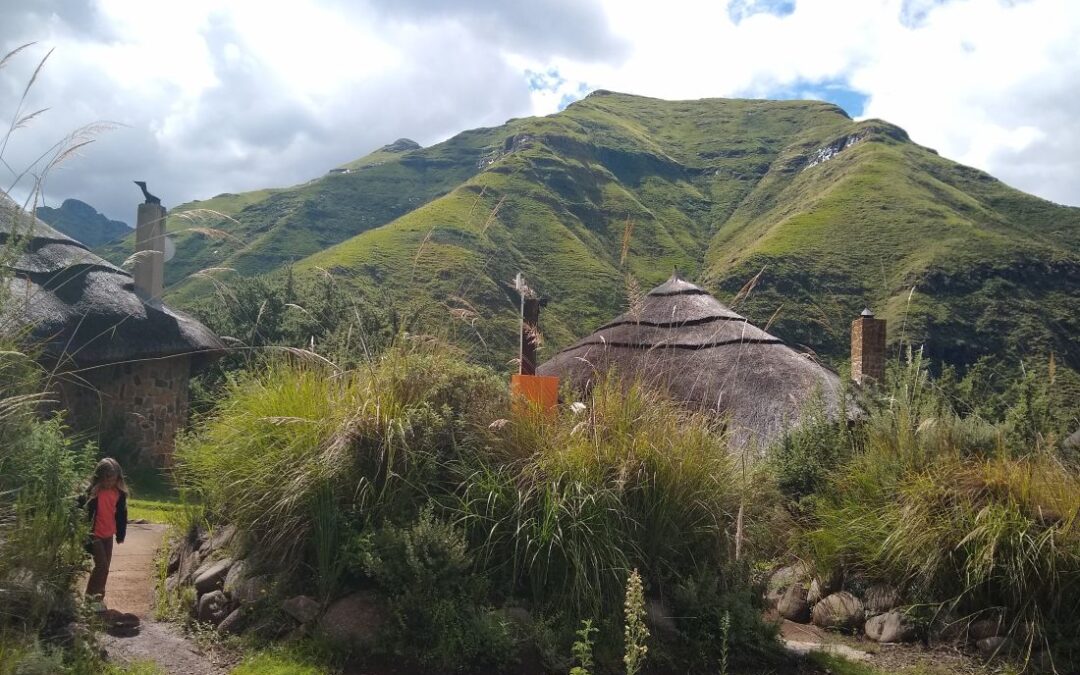
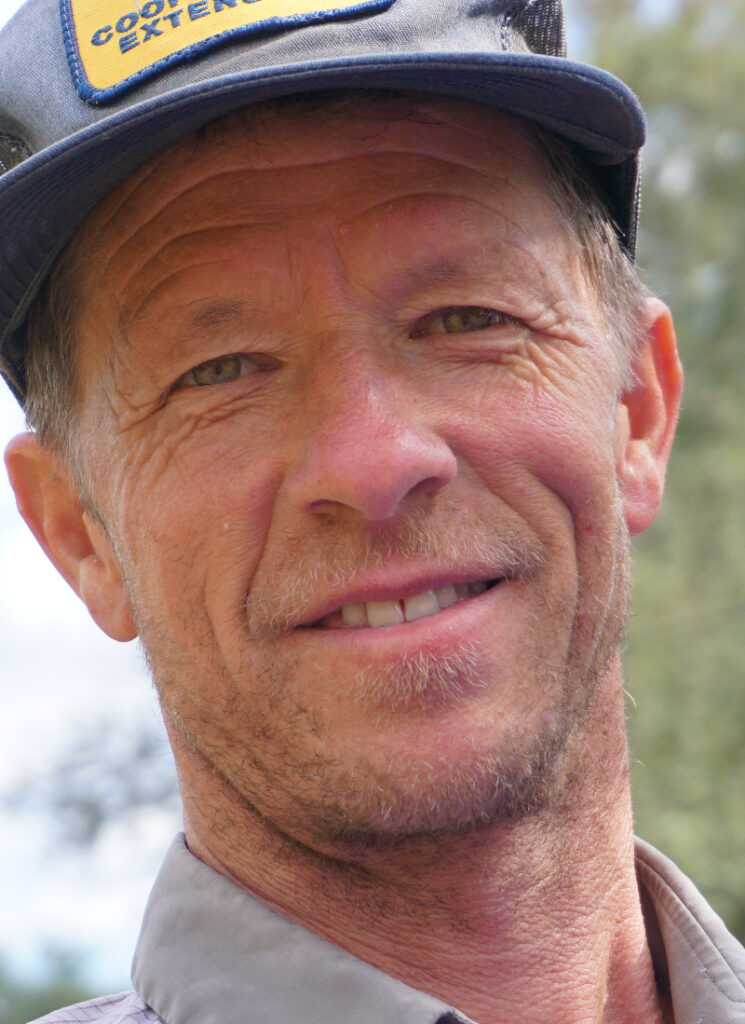

Thanks Greg, a good reality check.
That’s a lot of netting, wouldn’t that be expensive, and laborious stitching a piece that large together?
Hi Jeff,
Yes, yes, and yes. More than that, they get snow, and his son told me that the first year they had it up and got snow on it, the whole structure collapsed. So now they know to disassemble for winter.
You’ll notice the wood supports are crude because they are harvested from the woodlot on the property. In other words, they are “free.” The netting itself was the only significant purchase required.
But the alternative to no net is likely losing a portion of a summer’s crop to a hailstorm, every year.
I read your book a couple of years ago and absolutely loved it! I loved this article and video too. What a beautiful garden in such a beautiful part of the world. I was also really touched by the fact that this man rescues snakes. What a kind heart.
Thanks, Holly. People in Lesotho are extremely afraid of snakes, and in general, they kill all snakes on sight. So Nkhooa asks them to call him if they see a snake that they’re inclined to kill, and he goes and captures it and keeps it on his property. And then he invites people to come view the snakes as he teaches them about snake behavior and how beneficial they can be. He is a total anomaly in this part of the world!
Funny story: When I lived in Lesotho, I once captured a small snake and put it into a jar. I brought it over to some of my students with the intention of letting them see it without feeling endangered. But as soon as they saw it they all ran and they refused to even come look at it in the jar in my hands.
It’s interesting on the challenges that people in other parts of the world have trying to grow their food.
This post tugs at my heartstrings, having lived most of my childhood in East Africa. Thank you for the reminder of how fortunate we are here in Southern CA.
Great article, Greg! Thank you.
What book was Holly speaking of above? I’m embarrassed that I’ve missed previous mention of it. Is it available?
Thank you, Gavin. It’s called “The Mountain School.” It’s here: https://www.amazon.com/Mountain-School-Learning-Teacher-Lesotho/dp/0988682206/ref=sr_1_1?sr=8-1